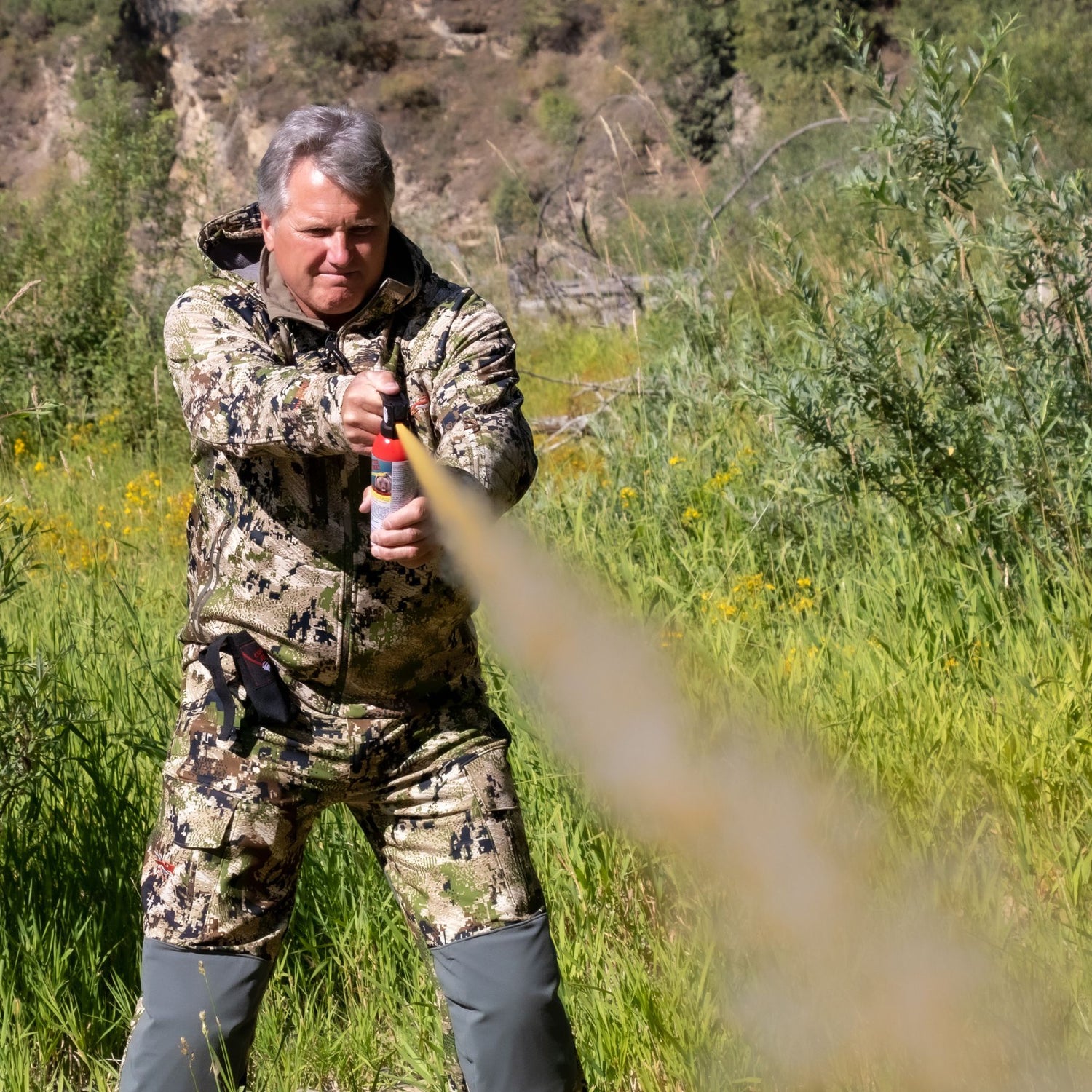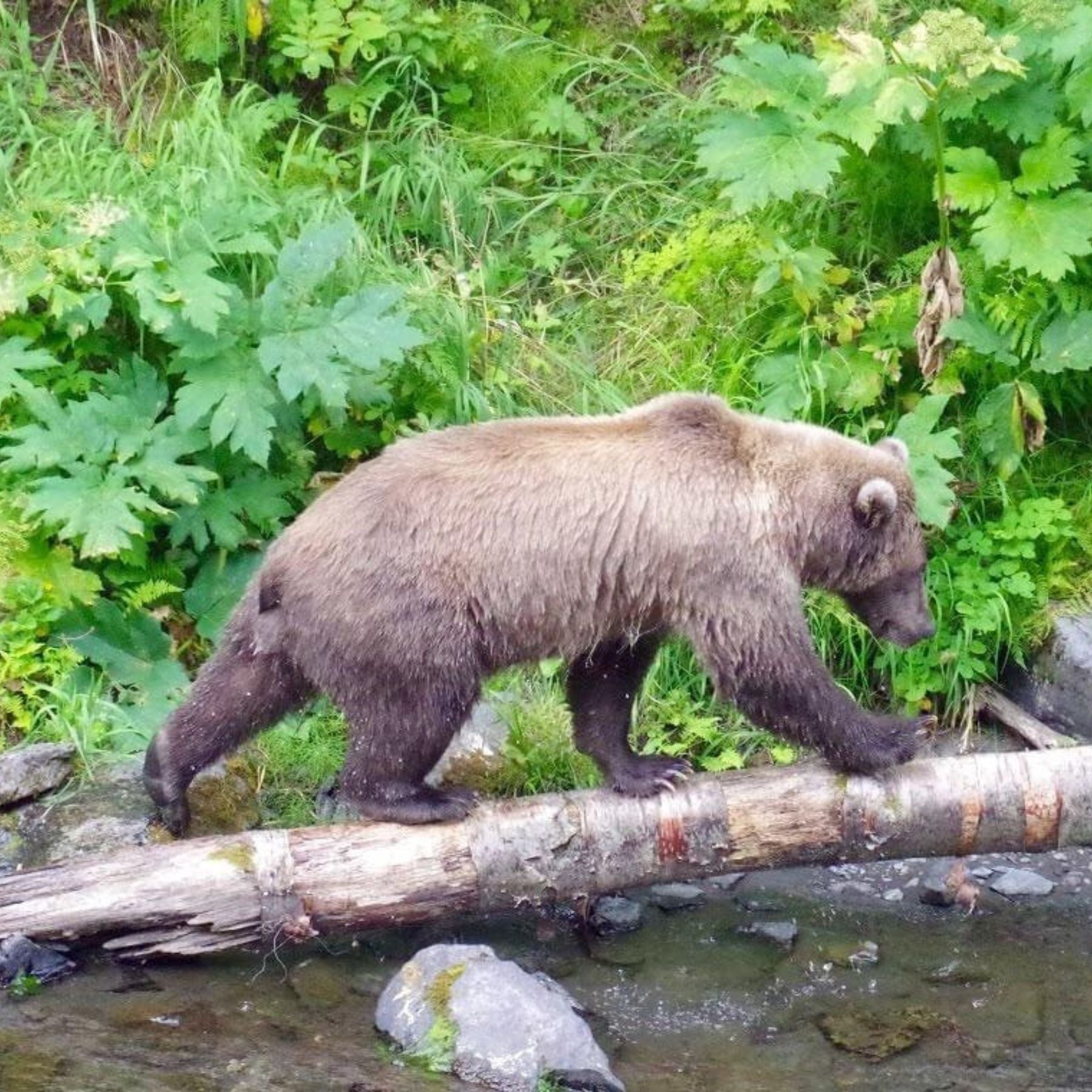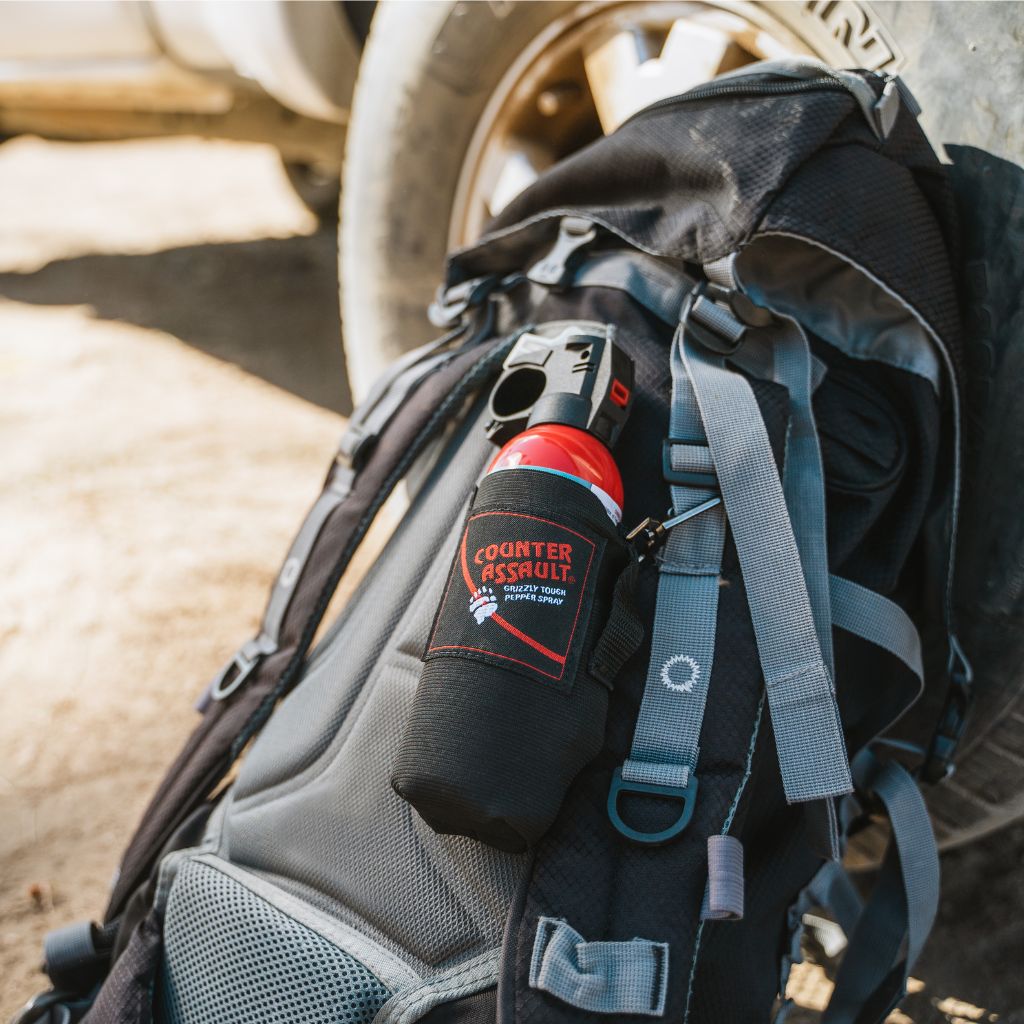In the mid 1980s, after a series of deadly bear attacks, a graduate student at the University of Montana named Carrie Hunt conducted experiments to see what may stop a charging bear. Hunt worked under the guidance of Charles Jonkel and Bart O'Gara. Previous research by Hunt had recognized commercial pepper sprays as potentially effective bear deterrents, but they were unreliable and required close proximity. Hunt's thesis, outlining her findings, was published by the U.S. Fish and Wildlife Service in 1984. Bill Pounds, who later established Counter Assault bear spray, joined forces with Hunt to invent a dependable aerosol bear spray canister prototype for her research. Together, they formulated a bear spray with a range exceeding 30 feet (9.1 meters) and a duration of over 7 seconds. Their innovative invention was a spray that comes out in a well-atomized, expanding cone-shaped cloud rather than a stream, with a better chance of coming into contact with a charging bear. The research also helped to determine the correct concentration of capsaicin necessary. Pounds played a crucial role in refining the ingredients, dispersal system, and recommended specifications for bear spray. The resulting product from his company, Counter Assault, became the first aerosol bear spray registered by the Environmental Protection Agency (EPA). The breakthrough invention has saved countless lives of people and bears.















